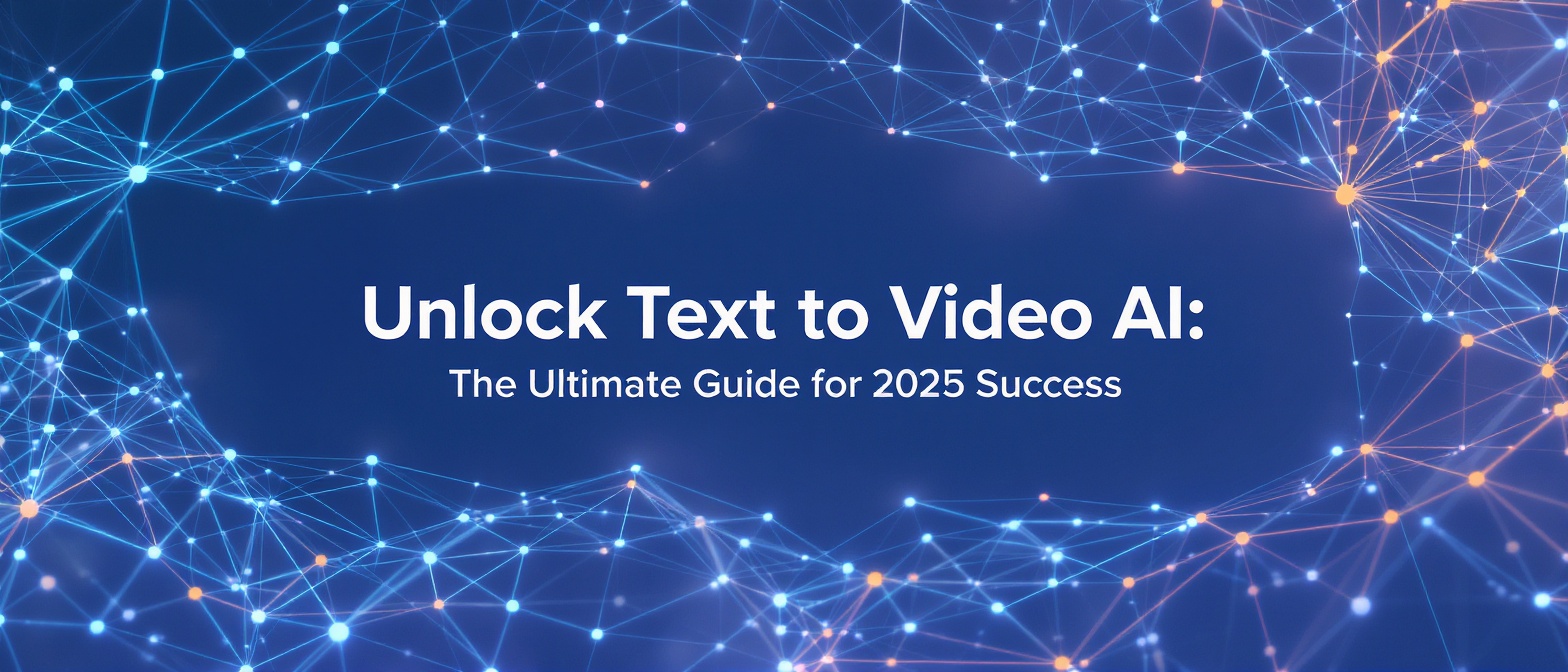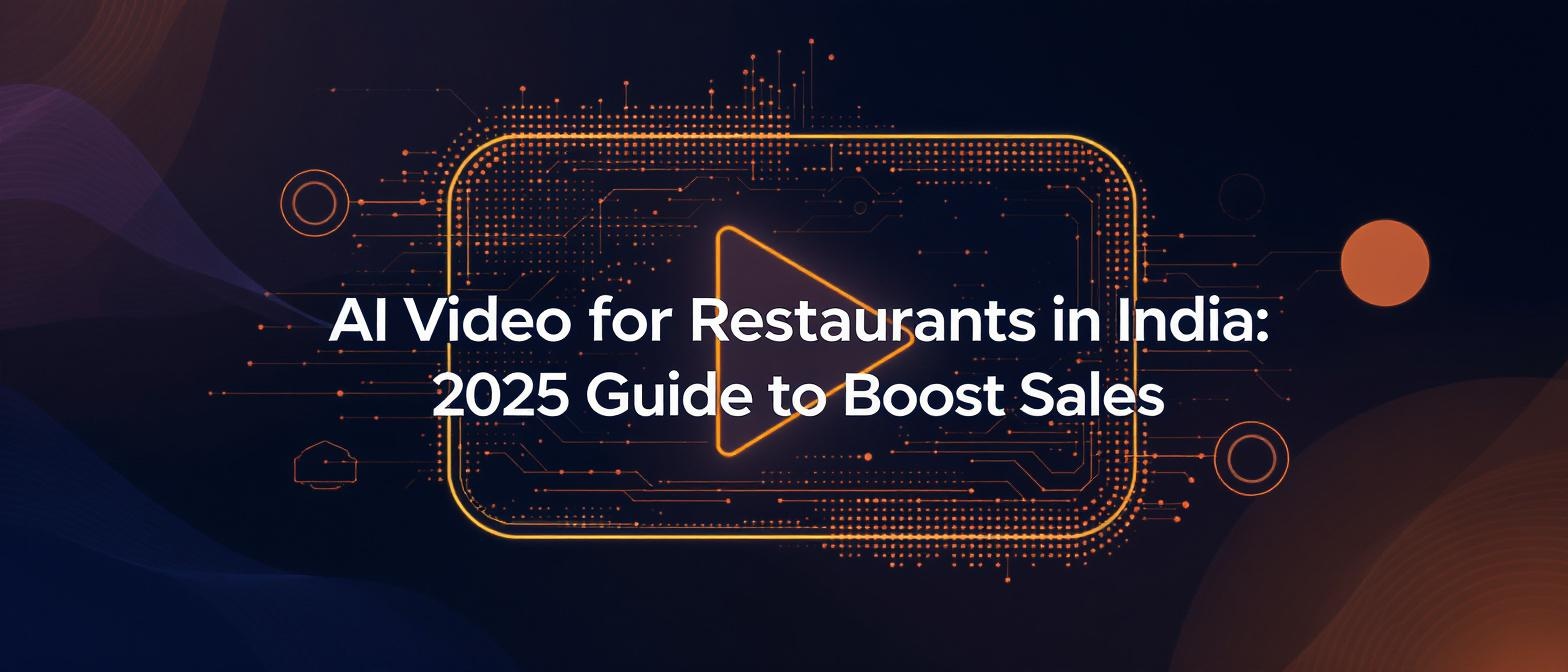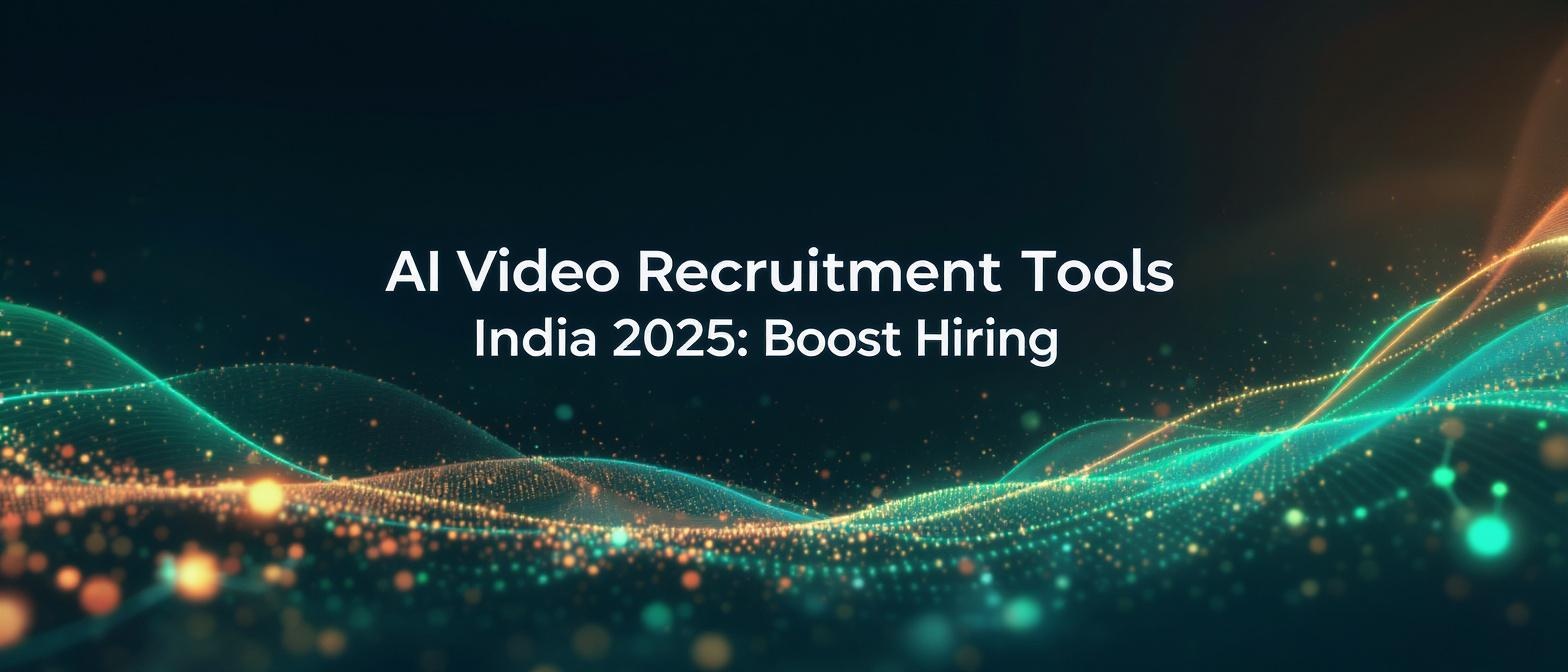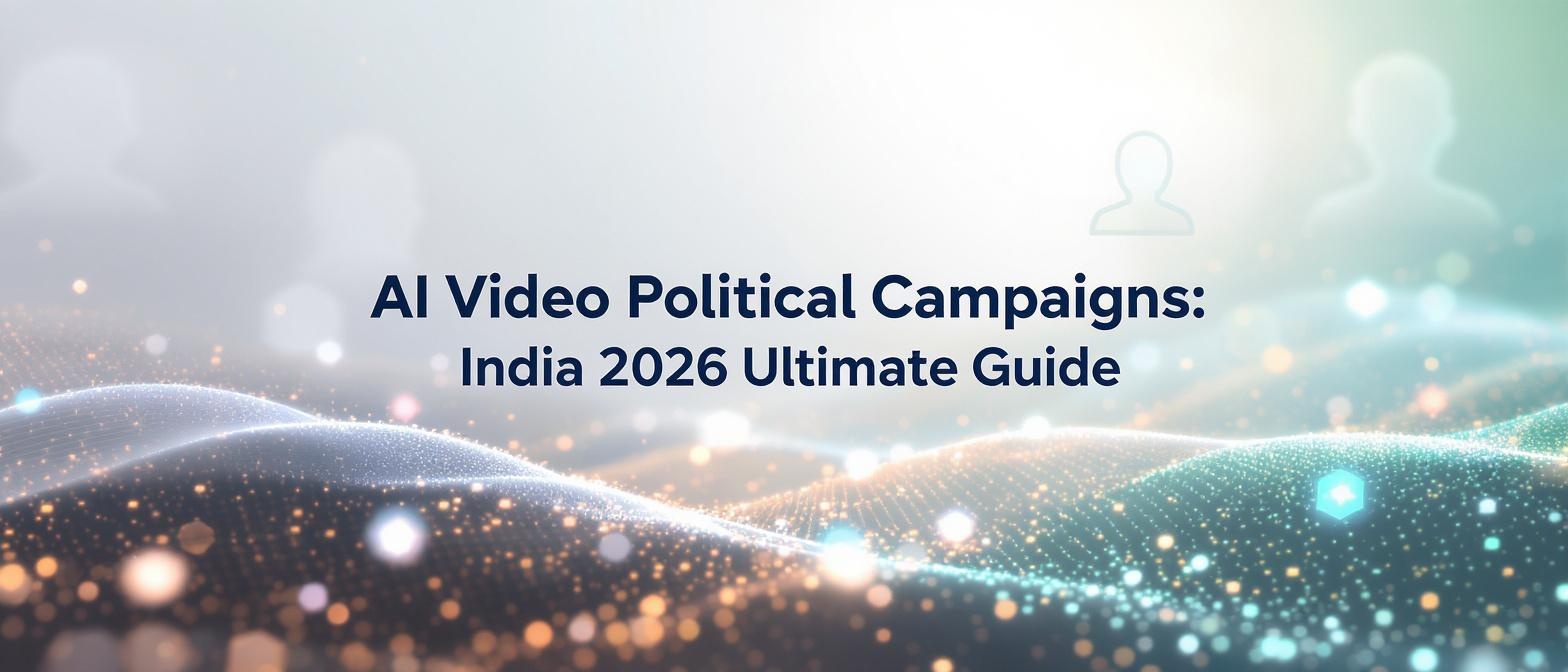The Ultimate Guide to Text-to-Video AI: From Creation and Translation to ROI in 2025
Estimated reading time: ~12 minutes
Key Takeaways
- AI-driven text-to-video creation drastically reduces production costs.
- Rapid customization and localization empower global outreach.
- Realistic avatars and voices enhance viewer engagement.
- Easy updates mean iterative improvements and faster go-to-market.
- Ethical considerations are crucial to prevent misuse of AI-generated media.
In the ever-evolving landscape of digital content, the demand for video is insatiable. Yet, traditional video production remains a bottleneck for many businesses—costly, time-consuming, and complex. Enter the transformative power of text to video AI, a groundbreaking technology that is democratizing video creation for everyone from solo creators to global enterprises. This is not just about putting words on a screen; it is about converting scripts into dynamic, engaging, and scalable video content in minutes.
The shift is no longer a futuristic concept; it is a present-day reality. According to projections from Fortune Business Insights, the global AI video generator market is set to explode from $716.8 million in 2025 to over $2.5 billion by 2032. This exponential growth underscores a fundamental change in how we approach content strategy. For marketers, educators, and communicators, mastering AI video creation is becoming less of an option and more of a necessity to stay competitive.
This comprehensive guide will take you beyond the basics. We will explore the strategic advantages of text-to-video AI, provide a step-by-step walkthrough of the creation process, delve into the crucial aspects of video translation and localization, and—most importantly—analyze the tangible ROI and ethical considerations of adopting this technology. Prepare to unlock a new era of content production that is faster, more efficient, and more global than ever before.
What is Text-to-Video AI and Why is it Revolutionizing Content Creation?
At its core, text-to-video AI technology is a sophisticated process that uses artificial intelligence to convert written text into a video format. Unlike basic tools that simply animate text over a background, modern AI platforms generate comprehensive video outputs, complete with AI-powered avatars, voiceovers, and customizable scenes.
The process typically involves several layers of AI working in concert:
- Natural Language Processing (NLP): The AI first analyzes the input script to understand context, sentiment, and key phrases. This allows it to generate appropriate pacing and emphasis in the audio narration.
- Voice Synthesis: Advanced text-to-speech (TTS) engines create realistic, human-like voiceovers from the script. These are no longer the robotic voices of the past; modern AI can replicate tones, inflections, and even clone specific voices with remarkable accuracy.
- Avatar & Animation Generation: The visual component is where the magic happens. Users can select from a library of photorealistic digital avatars or even create custom ones. The AI then animates the avatar, ensuring that its lip movements, facial expressions, and gestures are perfectly synchronized with the synthesized audio.
- Scene Composition: The AI assembles the final video, integrating the avatar, voiceover, background images or videos, text overlays, and other media elements into a cohesive and professional-looking final product.
The Strategic Advantages Over Traditional Video Production
The appeal of text-to-video AI becomes clear when compared to the hurdles of traditional video production.
| Feature | Traditional Video Production | AI Text-to-Video Creation |
|---|---|---|
| Cost | High (equipment, actors, crew, locations, editing software) | Low (subscription-based, minimal overhead) |
| Time | Weeks or Months (pre-production, shooting, post-production) | Minutes or Hours (scripting, generation, minor edits) |
| Scalability | Difficult to scale; each new video is a major project | Highly scalable; create dozens of variations with a few clicks |
| Flexibility | Edits are costly and time-consuming | Edits are simple; change the script and regenerate |
| Localization | Requires new shoots, voice actors, and editors for each language | Seamless; translate text and regenerate in a new language instantly |
A 2025 report from HubSpot highlights that 93% of video marketers claim video provides a positive ROI. AI-powered tools dramatically lower the barrier to entry, allowing more businesses to reap these benefits without the prohibitive upfront investment. Platforms like Studio by TrueFan AI enable marketing teams to produce high volumes of personalized video content for A/B testing, social media campaigns, and internal training at a fraction of the traditional cost and time.
A Step-by-Step Guide: How to Create Your First AI-Powered Video
Creating a professional-quality video from text is a surprisingly straightforward process. While each platform has its unique interface, the core workflow remains consistent. Let’s walk through the typical steps.
Step 1: Craft a Clear and Concise Script
Your script is the foundation of your video. For AI generation, clarity is key.
- Be Direct: Write in short, clear sentences. Avoid overly complex or ambiguous language.
- Add Pauses: Use punctuation like commas and periods to signal natural pauses for the AI voiceover. Some platforms even allow you to insert specific pause commands.
- Read it Aloud: This helps you catch awkward phrasing and ensure the script flows naturally when spoken. A good rule of thumb is that 150 words translate to roughly one minute of video.
Step 2: Choose Your Digital Presenter (The AI Avatar)
Your avatar is the face of your video. The choice you make will significantly impact how your message is received.
- Consider Your Audience: Select an avatar that your target demographic will find relatable and trustworthy. Factors like age, attire, and demeanor matter.
- Match the Tone: A formal corporate training video might call for an avatar in business attire, while a casual social media ad could use a more relaxed and expressive presenter.
- Custom Avatars: For maximum brand consistency, many businesses opt to create a custom avatar of a company spokesperson or brand ambassador. This builds a unique and recognizable brand identity.
Step 3: Select a Voice and Language
The voice brings your script to life. Leading platforms offer a vast array of options.
- Voice Style: Do you need a voice that is energetic and upbeat, or calm and authoritative? Listen to samples to find the perfect match for your brand's voice.
- Language and Accent: This is where AI truly shines for global outreach. Studio by TrueFan AI’s 175+ language support and AI avatars mean you can create a single video and instantly localize it for dozens of international markets with native-sounding accents and perfect lip-syncing.
Step 4: Customize the Visuals and Branding
Now it’s time to make the video uniquely yours.
- Backgrounds: Upload your own brand-compliant images or videos, or choose from a stock library. A simple, clean background often works best to keep the focus on the presenter.
- Aspect Ratio: Select the correct format for your distribution channel (e.g., 16:9 for YouTube, 9:16 for TikTok/Reels, 1:1 for Instagram posts).
- Branding Elements: Add your company logo, brand colors, and text overlays to reinforce your brand identity and highlight key information.
Step 5: Generate, Review, and Refine
With all your elements in place, click the “generate” button. The AI will process your inputs and render the final video, which usually takes just a few minutes.
Once it’s ready, review it carefully:
- Check the audio-visual sync.
- Listen for any mispronunciations in the voiceover (most platforms have a phonetic editor to correct this).
- Ensure all visual elements are correctly placed.
Make any necessary tweaks and regenerate until you have a polished final product ready for download and distribution.
Beyond Creation: AI-Powered Video Translation and Localization
One of the most powerful and often overlooked capabilities of text-to-video AI is its ability to break down language barriers. The global market is more accessible than ever, and video is the preferred medium for communication. In fact, a 2025 study by Vidico shows that localized video content can increase viewer engagement by up to 150% in non-English speaking markets.
The Old Way vs. The AI Way
Traditionally, localizing a video was an operational nightmare. It involved:
- Hiring translators to adapt the script.
- Recasting with native-speaking actors for each region.
- Reshooting entire scenes.
- Hiring specialized video editors to re-sync audio and visuals.
This process is so expensive and complex that most companies only localize their most critical content.
AI-driven platforms have completely changed the game. The workflow is now as simple as:
- Translate the Script: Use an integrated translation tool or provide your own translated text.
- Select a Native Voice: Choose a voice profile in the target language.
- Regenerate: The AI automatically generates a new version of the video with the new language, ensuring the avatar’s lip movements match the new audio perfectly.
This frictionless process allows businesses to pursue a truly global content strategy, creating dozens of localized video ads, product demos, and training modules from a single master file.
Calculating the ROI of Text-to-Video AI
While the creative benefits are compelling, the business case for AI video creation is rooted in its impressive return on investment (ROI). The ROI can be measured across three key areas: cost savings, efficiency gains, and performance uplift.
1. Hard Cost Savings
This is the most direct and easily measurable component of ROI.
- Production Costs: Eliminate expenses related to hiring actors, film crews, renting equipment, and securing locations. A yearly subscription to an AI video platform can cost less than a single day of a professional video shoot.
- Post-Production Costs: Drastically reduce or eliminate the need for expensive video editors and animation software.
- Localization Costs: As detailed above, the savings on translating and localizing video content can be upwards of 95% compared to traditional methods.
2. Efficiency and Productivity Gains
Time is money, and AI video generators save a lot of it.
- Speed to Market: A marketing team can conceive, script, and produce a video for a new campaign in a single afternoon, allowing them to react to market trends with unprecedented agility.
- Content Scalability: A single creator can produce more content in a week than a traditional team could in a month. This allows for more A/B testing, more social media content, and more targeted messaging. As of 2025, marketers leveraging AI for content creation report a 40% increase in content output without an increase in budget.
3. Performance and Engagement Uplift
Ultimately, the goal of marketing content is to drive results.
- Increased Engagement: Video content consistently outperforms static images and text. According to Wyzowl’s 2025 report, 91% of businesses use video as a marketing tool, citing its power to increase user understanding and generate leads.
- Higher Conversion Rates: Using video on landing pages can increase conversion rates by over 80%. AI makes it feasible to create custom videos for different audience segments, further optimizing conversion funnels.
- Improved Training Outcomes: In corporate learning, video improves information retention. AI allows for the rapid creation of multilingual training materials, ensuring consistent and effective knowledge transfer across global teams.
Solutions like Studio by TrueFan AI demonstrate ROI through a combination of these factors, providing a scalable, cost-effective platform that empowers teams to produce high-performing video content without the traditional barriers.
The Future of AI Video: Trends to Watch for in 2025 and Beyond
The field of generative AI is advancing at a breathtaking pace. What seems cutting-edge today will be standard tomorrow. Here are three key trends that will shape the future of text-to-video technology.
- Hyper-Personalization at Scale: The next frontier is generating videos that are personalized for each individual viewer. Imagine a marketing email that contains a video where an AI avatar addresses the recipient by name and references their past purchase history. This level of personalization, driven by integrating AI video platforms with CRM data via APIs, will revolutionize customer relationship management. According to a 2025 Adobe report, campaigns with advanced personalization see a 2x lift in engagement.
- Full Scene Generation from Text: Current technology excels at creating videos with a presenter against a background. The next evolution, already being pioneered by models like Sora, is the ability to generate entire dynamic scenes, characters, and actions from a simple text prompt. A prompt like “A golden retriever puppy playing in the snow, cinematic 4K” will yield a photorealistic video clip, eliminating the need for stock footage entirely.
- Interactive and Real-Time AI Avatars: Future AI avatars won’t just deliver pre-written scripts; they’ll become interactive agents. Imagine a customer service chatbot on a website that is a real-time, conversational AI avatar, able to understand and respond to user queries with both voice and appropriate facial expressions. This will merge the worlds of chatbots and video, creating more human-like and engaging digital experiences.
The Indispensable Conversation: Ethics and Responsibility in AI Video
With great power comes great responsibility. The rise of AI-generated media, particularly “deepfakes,” necessitates a strong ethical framework. The ability to create realistic videos of people saying and doing things they never did has profound implications for misinformation, fraud, and personal reputation.
Leading platforms in the AI video space are tackling this challenge head-on with several key safety measures:
- Consent and Licensing: Ethical platforms ensure that all their stock avatars are based on real actors who have been fairly compensated and have given explicit consent for their likeness to be used.
- Content Moderation: Sophisticated AI filters are used to scan scripts and block the generation of videos containing hate speech, political disinformation, explicit content, or other harmful material.
- Digital Watermarking: Invisible watermarks can be embedded in generated videos, providing a way to trace the origin of a piece of media and verify whether it was created by a specific AI platform.
- Clear Labeling: Promoting norms and regulations that encourage creators to clearly label AI-generated content helps maintain transparency and trust with the audience. For more information on navigating these complexities, organizations like the Partnership on AI provide valuable resources and guidelines.
Choosing a platform that prioritizes ethical AI is not just a matter of compliance; it is a matter of brand safety and corporate responsibility. For further reading, the Electronic Frontier Foundation (EFF) offers detailed analysis on the legal and ethical challenges of synthetic media.
Frequently Asked Questions
1. How realistic are the AI avatars and voices?
Modern AI avatars are incredibly realistic. They are often based on digital scans of real human actors, resulting in photorealistic quality. The voices, generated by advanced TTS engines, include natural-sounding inflections and emotions. While discerning eyes and ears can sometimes spot the AI, the technology has reached a point where it is more than suitable for professional business and marketing communications.
2. Can I use my own voice for the video?
Yes, many leading platforms offer voice cloning features. This typically involves uploading a short sample of your speech (e.g., 1-5 minutes). The AI then processes your voice to create a custom voice profile that can be used to narrate any script you provide. This is an excellent feature for maintaining brand consistency and personalization.
3. What is the best AI tool for creating videos from text?
The best tool depends on your specific needs. For businesses looking for a robust, scalable, and ethically-driven platform with extensive language support, a solution like Studio by TrueFan AI is a top contender. When evaluating options, consider factors like the quality and diversity of avatars, the number of languages supported, customization features, and the platform’s commitment to ethical AI practices. Other notable platforms include HeyGen, Synthesia, and D-ID, each with its own strengths.
4. Is it possible to integrate AI video generation into other applications?
Absolutely. Many enterprise-level platforms provide API access, allowing developers to integrate AI video generation directly into their own websites, apps, or automated workflows. For example, an e-commerce platform could use an API to automatically generate a personalized thank-you video for every customer who makes a purchase.
5. How is the issue of deepfake misuse being addressed?
The industry is addressing misuse through a multi-pronged approach. This includes robust content moderation policies to prevent the creation of malicious content, requiring user verification, implementing digital watermarking to trace content origins, and advocating for clear labeling standards. Reputable providers are committed to building a safe and ethical AI ecosystem.
6. What kind of support is available if I run into technical issues?
Support levels vary by platform and subscription tier. Most reputable SaaS providers offer a comprehensive knowledge base with tutorials and articles. Standard support typically includes email or ticket-based systems, while higher-tier enterprise plans often come with dedicated account managers and priority support to ensure a smooth and efficient user experience.
Conclusion: Embrace the Future of Video Creation
The transformation from text to video via AI is not a fleeting trend; it is a fundamental evolution in content creation. It breaks down the long-standing barriers of cost, time, and complexity, empowering creators and businesses to communicate more effectively and on a global scale. By leveraging this technology, you can produce more content, reach more audiences, and achieve a higher ROI than ever before.
However, embracing this future requires a strategic and responsible approach. It means choosing partners who prioritize ethical AI, understanding the nuances of the technology, and staying adaptable as it continues to evolve. The journey from a simple script to a powerful, engaging video is now just a few clicks away. The time to start that journey is now.




